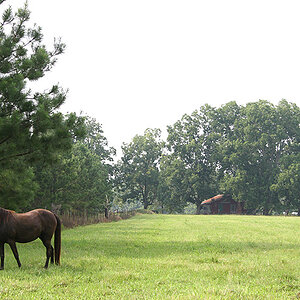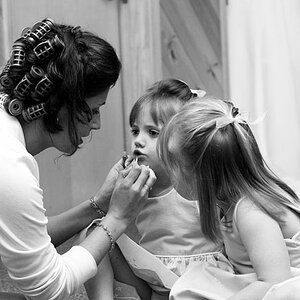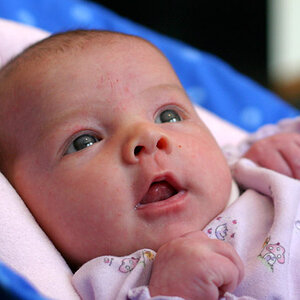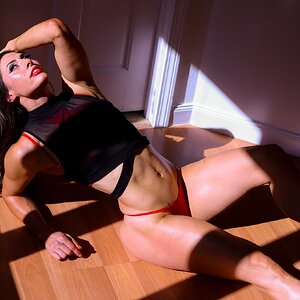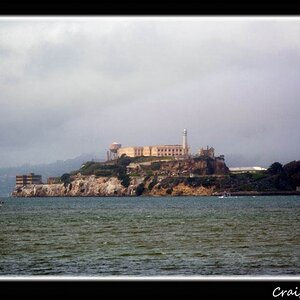AaronJAnderson
TPF Noob!
- Joined
- Jul 8, 2009
- Messages
- 18
- Reaction score
- 0
I've got a D60 body and picked up the Nikon 35mm f/1.8 to try and get better results in low lighting scenarios. I spend a lot of time taking pictures at restaurants (dinner club)
It's safe to say that most places are dim but not dark. The best universal example would be the way Starbucks is lit. Very comfortable if you ask me.
This picture is taken @ f/4.2 ISO 1600 1/60sec. with the 18-55 VR kit lens. Kind of grainy. Slightly more than I'd like.

So I bought the f/1.8 lens. This lens is not VR.
So what do I need to do to utilize this lens in this environment? It seems like (just playing with it in my house) that when the camera is in auto (no flash) that it will run the lens at f/4 or f/5 so it can keep the shutter speed low, and the shots are still at ISO 1600. To be expected I suppose.
What does a noob need to do?
It's safe to say that most places are dim but not dark. The best universal example would be the way Starbucks is lit. Very comfortable if you ask me.
This picture is taken @ f/4.2 ISO 1600 1/60sec. with the 18-55 VR kit lens. Kind of grainy. Slightly more than I'd like.

So I bought the f/1.8 lens. This lens is not VR.
So what do I need to do to utilize this lens in this environment? It seems like (just playing with it in my house) that when the camera is in auto (no flash) that it will run the lens at f/4 or f/5 so it can keep the shutter speed low, and the shots are still at ISO 1600. To be expected I suppose.
What does a noob need to do?



![[No title]](/data/xfmg/thumbnail/34/34061-e097813b3719866d07ff3e78e8119ffa.jpg?1619736258)
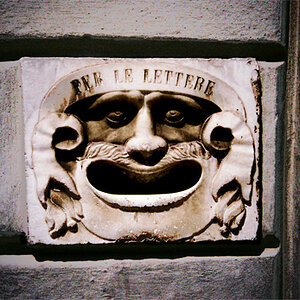
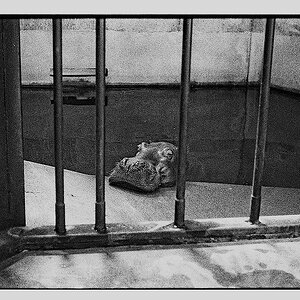

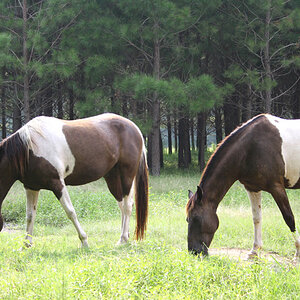
![[No title]](/data/xfmg/thumbnail/34/34062-c0c9c0a752bc1af58237eff1ec850163.jpg?1619736259)
